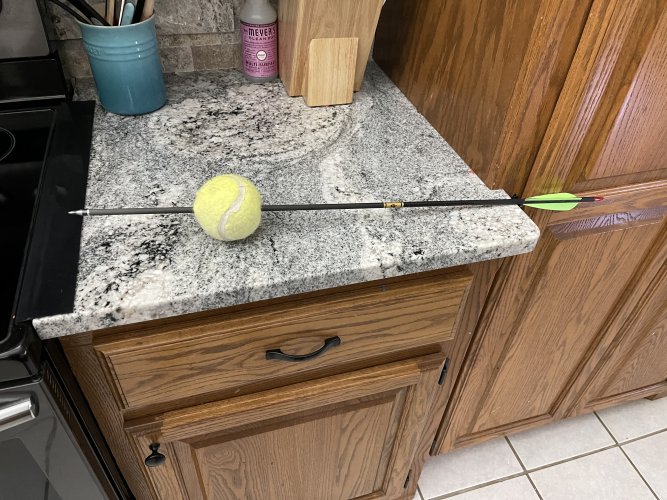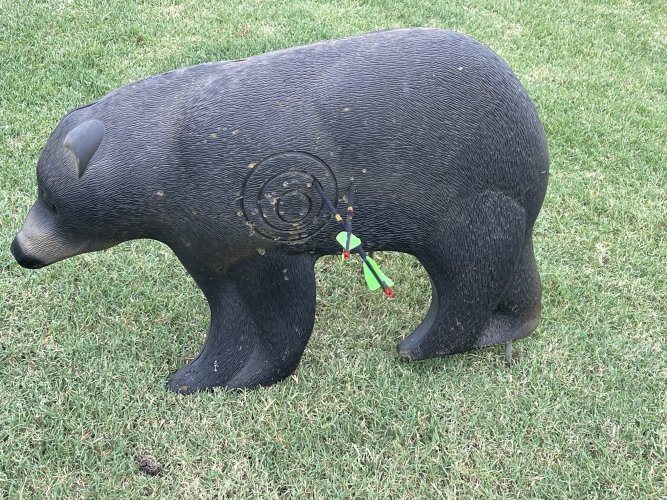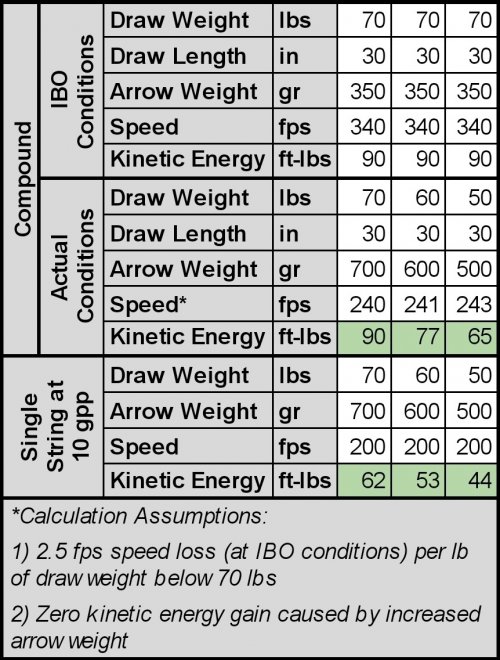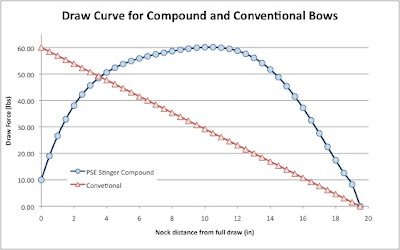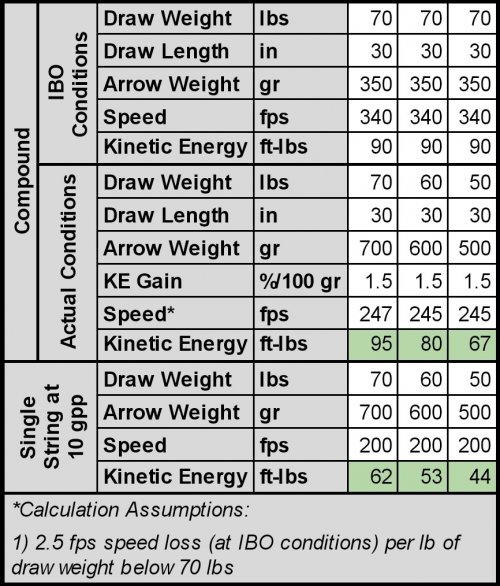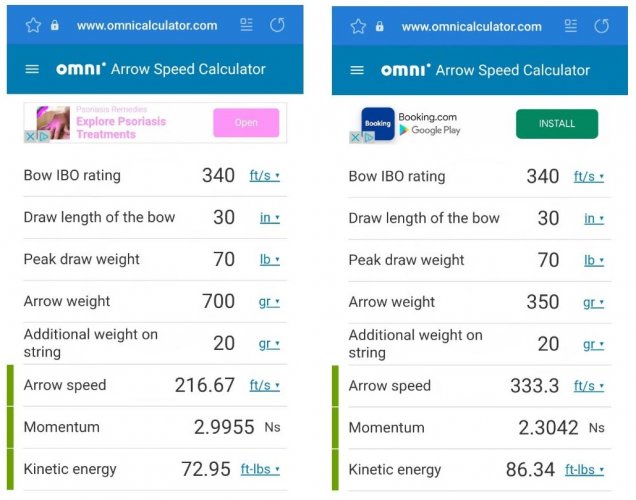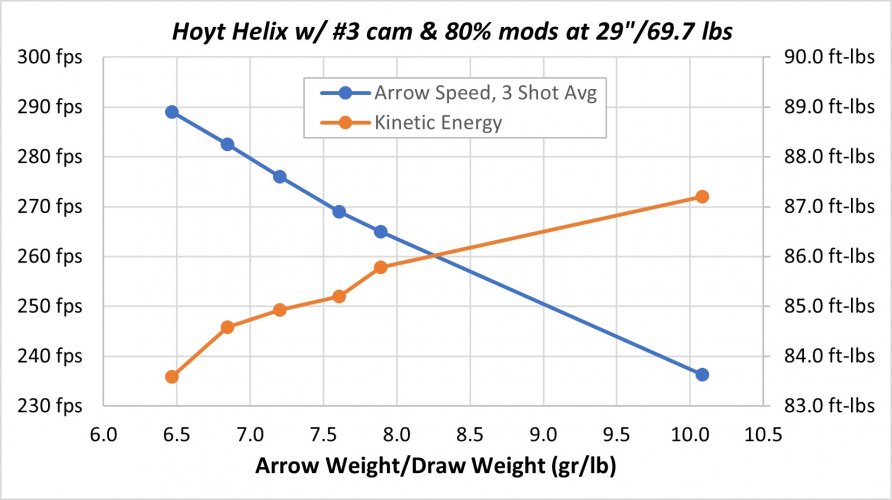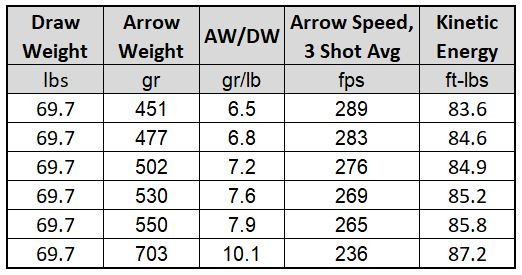bigbuck247
Member
Just got a new to me recurve that my FIL gave to us for my son and I to use. I've been hunting for over 24 yrs and have been bowhunting for 15+ of that but have never done anything with a recurve. Any tips? It is a darton ranger super flite (58", 45#). I would like to possibly try and get proficient enough with it to try to shoot a deer this season. I have some lighter XT hunter arrows that I used to use before I started shooting heavy fmj's with my Matthews. Total arrow weight would be around 400-450 with them depending how I fletch them and what broadhead. Any certain type of broadhead yall recommend? I have some muzzy 100gr fixed heads and 100gr g5 montecs as well I thought I might try.




